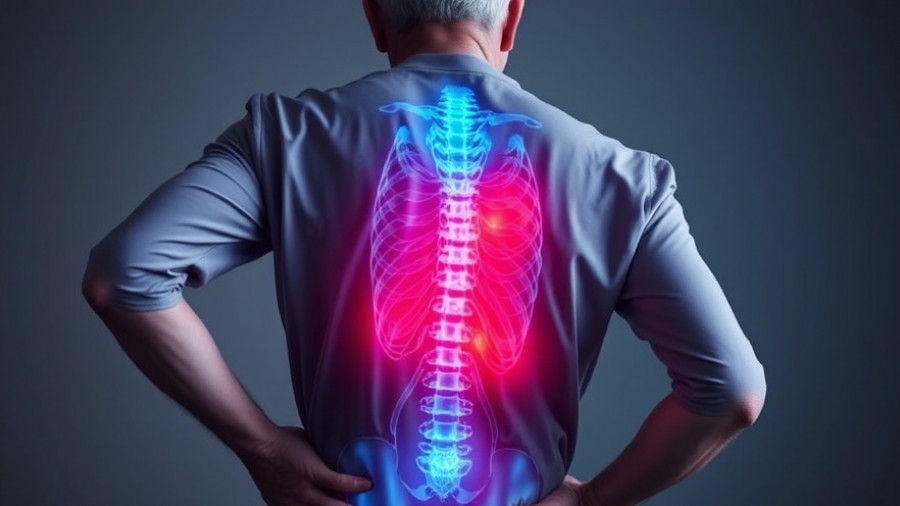
Embracing Back-to-School: The Importance of Spinal Health
As summer takes its final bow, many families across the country are preparing for the back-to-school frenzy. While it's easy to get caught up in new clothes and school supplies, one vital aspect that often goes overlooked is spinal health. From kindergarteners to college students, developing a conscious awareness of spinal health can significantly enhance overall well-being.
Why Prioritizing Spinal Health Matters for Kids and Teens
It’s a common misconception that spinal health is a concern only for the elderly. In reality, children’s bodies undergo tremendous changes during their formative years. By the age of ten, a child’s spine has reached about 80% of its adult length, making these early years crucial for establishing healthy habits. Additionally, the most vital spinal development occurs between the ages of 10 and 18, which coincides with growth spurts. During this time, children face pressures from heavy backpacks, prolonged screen time, and a sedentary lifestyle, all of which can negatively impact their spinal health.
Practical Tips for Supporting Spinal Wellness
Here are actionable tips and techniques to promote spinal health for children and teens, ensuring they can flourish during the school year:
1. Backpack Safety: Lighten the Load
It’s essential to understand that backpacks can be a leading cause of preventable back pain in children and teens. To keep their spines aligned and reduce muscle strain, consider implementing these lightening strategies:
- Weight Rule: Ensure that a backpack does not weigh more than 10–15% of the student’s body weight.
- Two Straps Only: Encourage the use of both shoulder straps for even weight distribution.
- Padded Straps + Waist Belt: Look for features that will reduce strain on shoulders and lower back.
- Pack Smart: Place heavier items close to the back of the backpack while keeping the overall contents minimal.
2. Screen Time and Posture: Avoid Tech Neck
In today's digital age, screens dominate both education and leisure. Students often find themselves hunched over devices for prolonged periods, leading to what is known as 'tech neck.' Balancing screen time with proper posture is critical:
- Eye Level: Position screens at eye level to maintain a neutral posture.
- 90-90-90 Rule: Ensure feet remain flat on the floor with knees and elbows bent at 90 degrees.
- Breaks Every 30 Minutes: Encourage short breaks for stretching and resetting posture.
3. Sleep Habits and Spinal Alignment
Good sleep posture is equally important and significantly impacts growth and recovery. Especially for students who are transitioning into new sleeping environments, consider the following tips to enhance sleep posture:
- Pillow Check: Use a pillow that aligns the head with the spine.
- Mattress Matters: Opt for a medium-firm mattress for optimal support.
- No Stomach Sleeping: Encourage sleeping on the back or side to protect spinal alignment.
Conclusion: The Role of Chiropractic Care in Spinal Health
Integrating these spinal health tips into daily life could enhance focus and overall physical wellness throughout the school year. Additionally, regular chiropractic care can support spinal health and alleviate discomfort by helping to correct misalignments and promote better posture. Not only does chiropractic treatment help in managing back pain, but it can also lead to improved performance, resilience, and energy levels.
As you prepare for the school season, remember that fostering healthy spines is a gift that will impact your children through their school years and beyond. Start this academic year by prioritizing their spinal health. For more tips or to establish a care routine, consider scheduling an appointment for a chiropractic consultation today!
 Add Row
Add Row  Add
Add 




Write A Comment